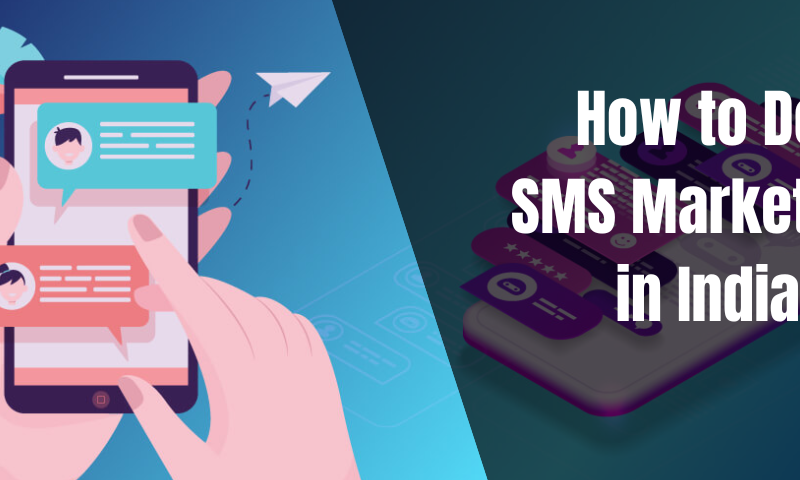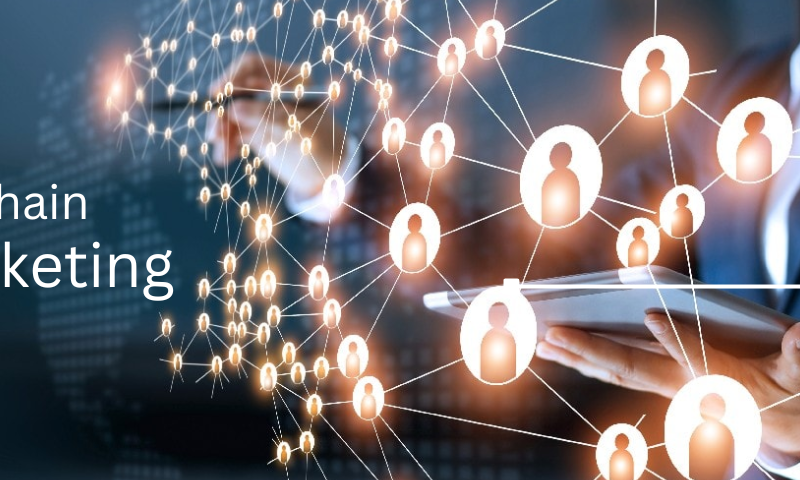
Exploring the Power of Bandwagon Marketing in Today’s Advertising Landscape
The bandwagon effect arises from psychological, sociological, and, to some extent, economic factors. People like to be on the winning team and they like to signal their social identity.
Bandwagon advertising is a marketing approach that plays up people’s fear of missing out or desire to belong to the in-group. As an advertising technique, or, depending on the practitioner, as a type of propaganda, it relies heavily on an emotional appeal to convince people to buy a product or service. Especially for marketing agencies in Delhi, around the country or the world are taking initiative to adapt to the same.
This refers to people’s tendency to do something simply because other people do it, regardless of whether this aligns with their original beliefs.
The term bandwagon stems from the phrases “jump on the bandwagon” or “hop on the bandwagon” which are typically used in a derogatory manner to refer to the act of becoming interested in or following an activity to gain the acceptance or recognition of others. It is often associated with those who follow a trend without having made a rational evaluation of the idea but have rather copied the behaviour of others. This is a similar phenomenon to ‘herd mentality’.
There are several ways advertisers use this to their advantage:
*Desirability: This strategy positions a product or service as one that only a certain type of person uses – like a type of person that everybody wants to be. These people are generally shown as ‘beautiful’, ‘wealthy’, ‘happy’, ‘healthy’, and ‘respected’. Now, these attributes are something every human desires at some point or other. Campaigns that use bandwagon advertising with the angle of desirability could be for almost anything. For example, place an expensive watch on a handsome man’s wrist as he closes a deal; a pair of headphones on the desk of a CEO; a drink at everyone’s place setting at the family dinner table. Using desirability subconsciously plants the idea that if a consumer buys a product or service, their overall quality of life will improve, they’ll be seen the same way as they see the people in the advertisement.
*Embarrassment: This tactic is quite the opposite of desirability. Instead of focusing on what purchasing the product or service will do for the consumer, this strategy focuses on what will happen if the consumer doesn’t purchase the product or service. Portraying people as undesirable, asocial, unattractive, or unhappy in a commercial or print advertisement puts fear into the consumer’s mind. Using bright lights, vibrantly coloured clothing and uplifting music can all help to further depict that the person with the product is more desirable. This can be juxtaposed with poor lighting, dark clothing, and depressing music in scenes that depict that the person without to product is someone who doesn’t belong. For example, Secret launched a deodorant commercial for their new stress-tested antiperspirant. The commercial features a woman in the bathroom at work, standing under the hand dryer in a desperate attempt to dry out the sweat under her armpits. When a colleague walks in, our main character plays her odd position as yoga in order to avoid embarrassment. The commercial is focused on the usage of the embarrassment factor that someone can experience when the product being sold isn’t used.
*Transformation: This tactic combines both the embarrassment and desirability technique. The transformation bandwagon approach shows what happens when someone who doesn’t use a product or service changes their mind and tries it out. The example that comes to mind is famous ‘Betty White Snickers’ commercial. In the ad, a group of young men are playing a casual game of football. Mike, portrayed by Betty White, is doing failing to play properly and thus his team tells him that he’s playing like Betty White which is not a compliment. Mike’s girlfriend calls him to the side and convinces him to eat a Snickers, which transforms Mike into the accurate version of himself. He’s later portrayed as being able to be active and accepted by his friends again.
Now let us look at the positive side of the bandwagon effect:
*Price: When a trend emerges, companies can take advantage of the interest by promoting a similar product and setting competitive prices.
*Increased demand: The release of new or innovative products can cause a surge in orders or sales. The bandwagon effect creates demand through a focus on products or services that consumers may not know about or realize they need.
*More positive reviews: Bandwagon effects can have an impact on business via increase of positive product reviews or testimonials. Consumers are more likely to shop at a business with hundreds of four- or five-star reviews than those with fewer ratings.
However, it does have a downside to it. Let’s look at the disadvantages of the bandwagon effect
Here are some ways the bandwagon effect can make a marketer’s job more challenging:
*Increased buyer’s remorse: In such a situation, often customers are seen buying products they may not need or want, but are just following the trend. If customers buy a product because others purchase it, they may be more likely to experience buyer’s remorse and ask for a refund.
*Unpredictability: The bandwagon effect can move quickly and then dissipate as people find new products and services to recommend to their social networks, which makes it difficult to plan for future sales.
*Limited brand loyalty: When customers buy products because of the bandwagon effect, they may be less likely to become loyal customers as their interest might shift to some other brand as the trend changes.



